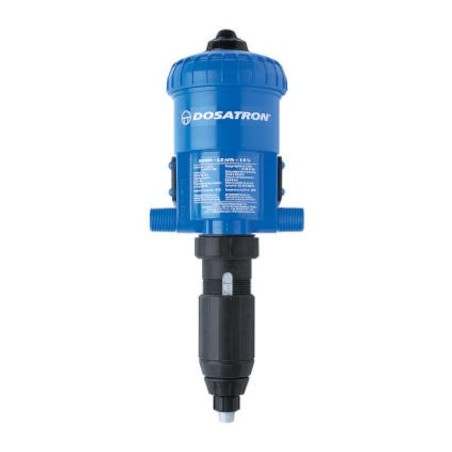Mounting evidence that food systems may be major conduits of anti-microbial resistance (AMR) point to the need for greater vigilance over the way antibiotics are used on farms.
While antimicrobial resistance was first described in 1940, scientific understanding of the myriad of pathways by which resistance emerges and spreads remains in its infancy. The global use of synthetic products to indiscriminately kill bacteria, viruses, parasites and fungi in agricultural and food systems requires a concerted effort to map, understand and mitigate the risks of AMR, according to Drivers, Dynamics and Epidemiology of Antimicrobial Resistance in Animal Production.

AMR may be a natural genomic process for bacteria, but it was "very rare in clinical isolates predating the introduction of antibiotics," FAO's new report notes. As foods from around the globe are today frequently contaminated with antibiotic resistant E. coli and Salmonella, "measures which encourage the prudent use of antimicrobials are likely to be extremely useful in reducing the emergence and spread of AMR," the 67-page technical report says.
The report's key recommendations are the need to support and pursue more research - involving both molecular sequencing and epidemiological analyses - into factors influencing how and why resistant bacteria become incorporated into human and animal gut microbiomes as well as the need to create standardized monitoring procedures and databases so that adequate risk-assessment models can be built.
Use of antimicrobials solely to promote animal growth should be phased out. Instead, alternatives to antibiotics to enhance animal health - including enhanced vaccination programmes - should be more vigorously pursued. Antimicrobial residues in the environment, especially in water sources, should be tracked in the same way as other hazardous substances, the report urges.
What we are learning
While cautious about how much remains unknown, the authors - experts form the Royal Veterinary College in London and FAO experts led by Juan Lubroth - highlight compelling evidence of the scale of the threat.
For instance, U.S. honeybees have different gut bacteria than found elsewhere, reflecting use of tetracycline in hives since the 1950s. Fish farms in the Baltic Sea show fewer AMR genes than aquaculture systems in China, which are now reservoirs of genes encoding resistance to quinolones - a critical human medicine whose use has grown because of increasing resistance to older antimicrobials such as tetracycline.
The recent detection of resistance to colistin, until recently considered a last-ditch antibiotic in human medicine, in several countries also underscores the need to scrutinize livestock practices, as the drug has been used for decades in pigs, poultry, sheep, cattle and farmed fish.
Sizing up mitigation options
The report focuses on livestock because future demand for animal-based protein is expected to accelerate intensive operations - where animals in close contact multiply the potential incidence of AMR pathogens.
Poultry, the world's primary animal protein source, followed by pork, are important food-based vehicles of AMR transmission to humans. Cases in Tanzania and Pakistan also demonstrate the risk of AMR coming from integrated aquaculture systems that use farm and poultry waste as fish food.
High biosecurity may reduce AMU requirements, thus reducing the risk of emergent resistances. Likewise, prevention of food contamination and removal of bacteria from the food chain can be very effective in reducing AMR transmission. A recent study of Nebraska cattle found strains of E.coli on all hides, but on only 0.5 percent of carcasses and none in the meat headed for retail consumers. Environmental vectors - including wind, soil, waste, and water - may prove more difficult AMR transmission pathways to control.
As animals metabolize only a small fraction of the antimicrobial agents they ingest, the spread of antimicrobials from animal waste is an important concern.
While smallholder systems may rely less on antimicrobials, they often use over-the-counter drugs without veterinary advice. Inappropriate, sub-lethal, dosing promotes genetic and phenotypic variability among the exposed bacteria that survive.
Collectively, while there are still many gaps in our understanding about AMR, evidence about AMR in food systems is growing and points to the need for immediate action.
Working collaboratively across all sectors and aspects of food production, from farm to table, will provide an essential contribution to an integrated one-health approach to combat AMR.
Tuesday November 15, 2016 2016/ FAO.
http://www.fao.org





